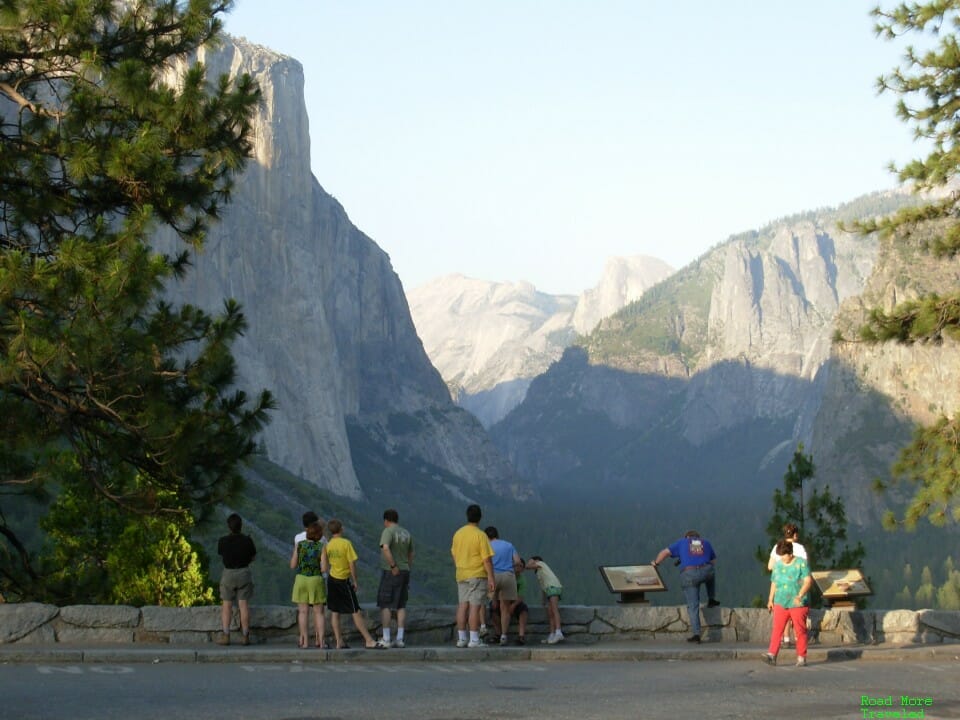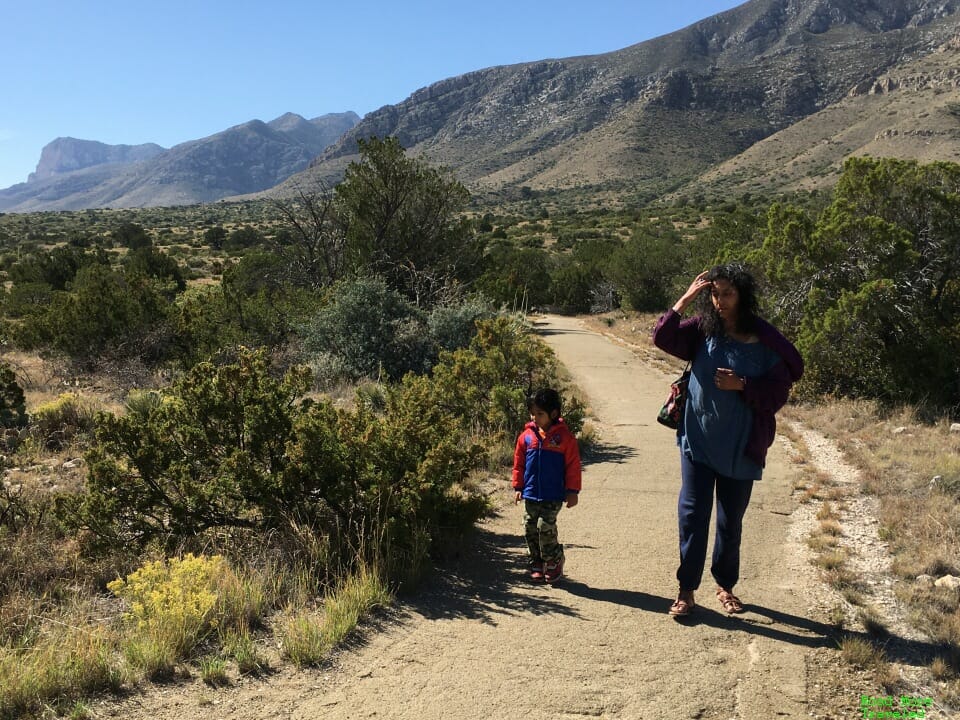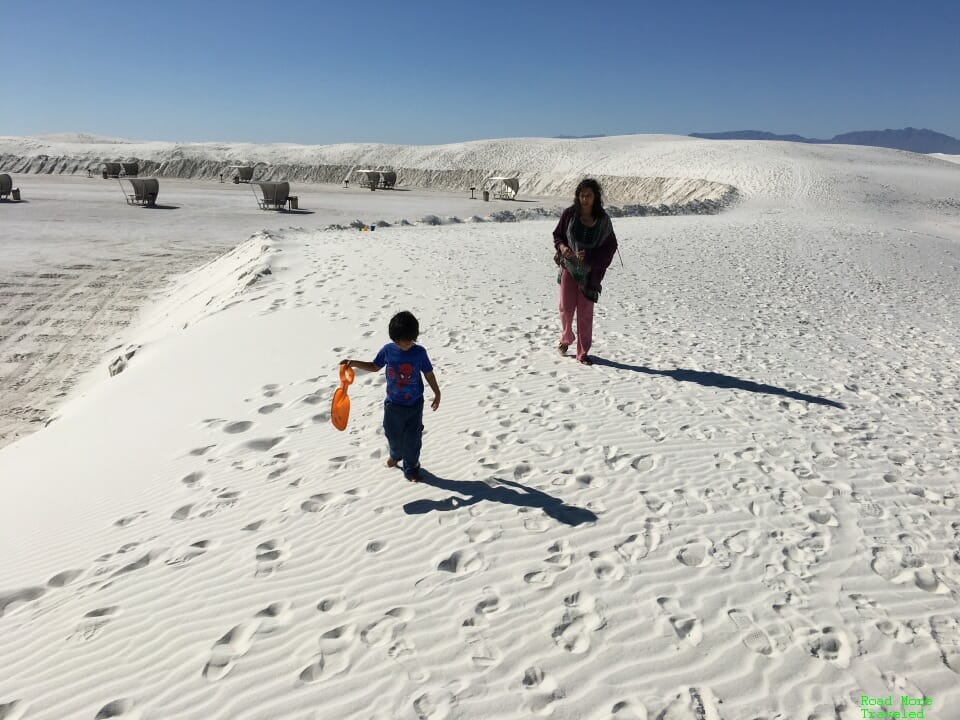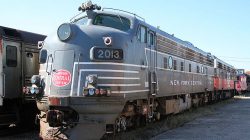Ever since the administration announced waived entry fees to the National Parks, I’ve seen some chatter around visiting the parks. Specifically, is it a good idea? While I love the parks, and do regard outdoor time as beneficial, I’d encourage you to think twice.
Waived Fees and Lockdowns Create a Run on the Parks
It should come as no surprise, really. The ever-cascading lockdown closures – sports, then schools, then recreation centers, and now work – create a TON of cabin fever. With outdoor activity one of the few permitted “essential” activities left, people have flocked to parks. Stories already abound about local parks and trails reaching the breaking point due to the crush of visitors. You might think the National Parks, often located in remote areas, could avoid the bum rush. But then came the Interior Department’s announcement of waived entrance fees, which apparently brought the crowds out in force. That leads to a number of issues which make me think a National Parks visit isn’t the right cure for your cabin fever.

Parks Can Close With Little Notice
Initially, only a handful of NPS-operated monuments in urban areas closed, such as the Statue of Liberty. However, often due to pressure from local officials, several larger parks have since closed. These include Crater Lake, Grand Teton, Rocky Mountain, Yellowstone, and Yosemite. Communities surrounding Grand Canyon National Park are currently trying to get it closed, as well. I expect calls for closures to only increase as more and more jurisdictions move to “shelter-in-place” lockdowns. You’re quite possibly wasting a trip on a park that might close before you even get there.
This site shows the current status of all National Parks by state, but expect rapid changes. (Aside: some of the crowding concerns seem strange to me. Rocky Mountain and Yosemite, sure. Both are short drives away from major metro areas. But Crater Lake, Grand Teton, and Yellowstone? All are several hours from large cities by road. Are that many people really flying – which you shouldn’t really do right now – to crowd these parks?)

Open Parks Feature Very Limited Facilities
Even in parks that remain open, you can expect highly limited facilities. Just about all parks have shut down dining and lodging facilities. Many also shut down their campgrounds, limiting them to day-use only. Even then, more popular facilities, such as picnic or other public gathering areas, are now off-limits. In some cases, this even includes access to more popular trails; Shenandoah National Park blocked access to some trails as crowds made it impossible to maintain adequate spacing. Expect more of this as the hordes crowd the remaining open trails. (Yes, people, we are in a state where if you can’t behave, the authorities are more than happy to restrict you by ordinance. This is why we can’t have nice things.)
It’s also important to remember, the facilities closures also mean very limited restroom facilities within the parks. With proper hygiene critical right now, current conditions make it difficult to maintain good standards.

Expect Difficulties With Supplies and Services En-Route
Most likely, a trip to a National Park means a long drive from wherever you call home. For example, the closest National Park to Dallas is Carlsbad Caverns, 500 miles to the west. Forced restaurant dining room closures hit small towns especially hard, where establishments often don’t have the infrastructure to operate take-out or delivery. That may leave you with slim pickins’ along the way.
A potentially bigger issue, though, are grocery shortages thanks to hoarders and panic buying. Now, even 2+ weeks after the panic began in earnest, many items still remain in short supply in the Dallas suburbs. Paper products, cleaning supplies, and pasta remain nonexistent. And I finally found ground beef and boneless chicken for the first time since the 14th. Simply put, I wouldn’t count on the ability to stock up either on the way or in the small towns near the parks.
On the other hand, with gas currently down to $1.52 a gallon locally, at least that won’t cost you much…
You Might Violate a Lockdown Order
As mentioned earlier, more and more jurisdictions issue lockdown orders of some sort every day. Some states issue statewide lockdowns, but others (like Texas) leave it up to individual cities and counties. That can make it difficult to track which areas have active shutdowns. Most of these “shelter-in-place” orders prohibit travel for “nonessential” purposes. “Outdoor exercise” generally does constitute an “essential” purpose, but “nonessential travel” does not. If you’re traveling across town to a nature trail, that’s probably fine. But traveling cross country to visit a National Park? Probably not. If you happen to overnight in a county with a lockdown order, you just might violate it, even unknowingly.
Now, you might ask, what are the odds of enforcement? Locally, DFW-area police deny conducting random stops on motorists and pedestrians. But they DO indicate that if you are pulled over for another reason, they will ask about your essential business. Driving across town to the nature preserve? Probably OK. Driving halfway across the country to spend a few days in a National Park? Probably not OK. Do you really want to risk having to explain yourself in such a situation?
Plan on Limited Medical Care If You Get Sick
This is probably the biggest reason why I’d be wary of trekking to a National Park right now. If you start developing coronavirus symptoms while there, what is your plan? The local small-town hospital might not have the facilities to help. Even if they do, they can probably ill-afford to use a bed on an out-of-towner. And transport to a larger hospital…isn’t going to be cheap. Do you really want to risk a Cannonball Run-style marathon drive back home to self-quarantine?
As An Alternative, Discover the Forest
Look, I’m tired of all this social distancing and lockdowns as much as anyone. My 73-year old mother is probably the biggest critic in our household, but that’s a story for another day. If you live a short distance away from a National Park, that’s one thing. But this isn’t the time to polish off your cross-country road trip skills. If you’re really stir crazy and need some nature time, considering Discovering the Forest instead. America’s National Forests and National Grasslands cover considerably more area than the National Parks. And unlike the big National Parks, many remain sparsely visited. For instance, the Caddo National Grassland about 90 miles northeast of Dallas, offers miles of hiking trails, and a couple of lakes for fishing and bird watching. And practically no crowds, even on Labor Day weekend.
Many forest and nature preserve areas near large cities provide similar sanctuaries. Just be judicious, please, and keep your distance from others. Any park that gets too crowded is liable to get shut down or restricted.





